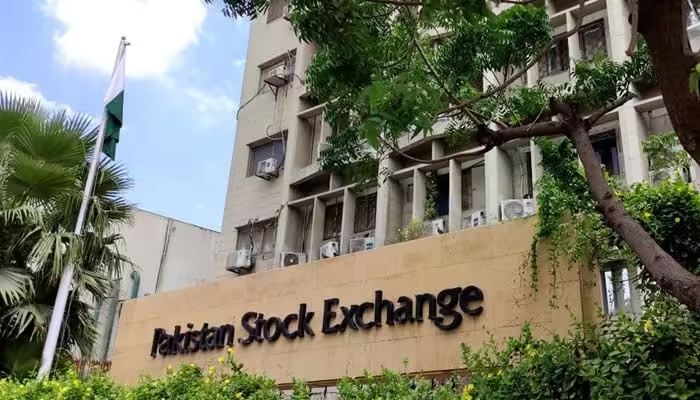Hundreds of people queued outside Apple’s flagship store in Beijing on Friday for the launch of the iPhone 17, signaling a promising start for sales in the world’s second-largest economy.
Around 300 customers arrived at the Sanlitun store in the morning to collect devices pre-ordered online. Among them was 35-year-old Shuke Wang, who picked up the Pro Max model, priced from 9,999 yuan ($1,406) in China and projected by analysts to be the series’ bestseller.
“I like the redesign, and while the orange version looks good, it’s too flashy. The Air model looks nice too, but the Pro Max has longer battery life,” Wang said.
Apple highlighted that the base iPhone 17 features a brighter, more scratch-resistant display and an upgraded front-facing camera optimized for horizontal selfies.
Market Pressure and Growth Outlook
Analysts expect the iPhone 17 series to deliver a much-needed year-end boost for Apple, which faces mounting competition from Huawei and Xiaomi alongside weak consumer demand.
Counterpoint Research data shows Apple’s shipments in China fell 6% in the first eight weeks of Q3. Still, Omdia analyst Chiew Le Xuan forecasts 11% growth in iPhone shipments in China for the second half of 2025, fueling a 5% full-year rise.
“The iPhone 17 Pro Max is expected to outperform the 16 Pro Max, thanks to its major redesign, which has historically driven replacement demand in China,” Chiew said, adding it could become Apple’s top model in the market by 2026.
iPhone Air: A Testbed for the Future
Apple also unveiled the iPhone Air, the only model in China with eSIM support — pending regulatory approval from China’s telecom operators. However, pre-sales are not yet open.
IDC analyst Will Wong suggested the Air may serve as a testbed for thin-and-light technology, potentially paving the way for a foldable iPhone.
Still, he noted trade-offs: “The Air won’t be a major sales driver, as Apple sacrificed battery life, camera, and audio quality — features Chinese consumers value highly — to achieve the slimmer design.”
($1 = 7.1138 Chinese yuan renminbi)



